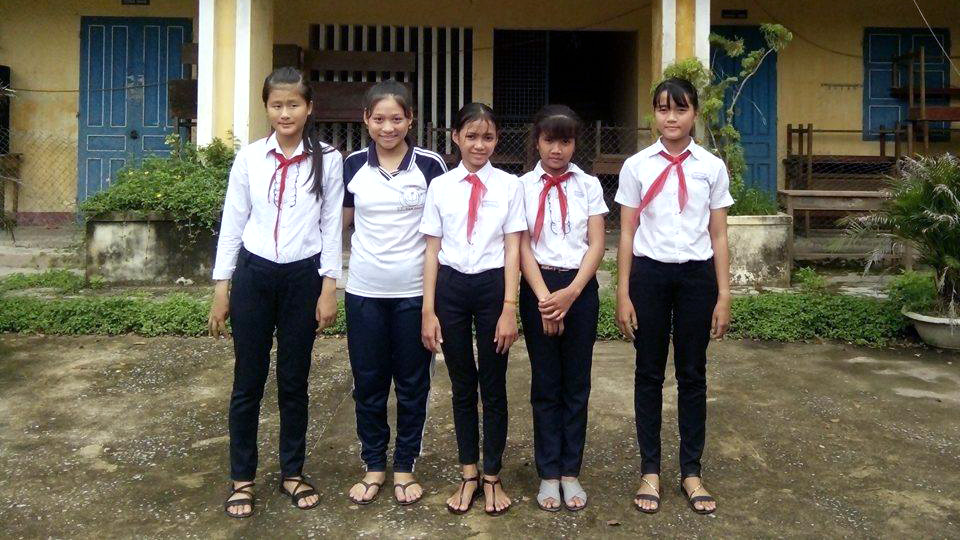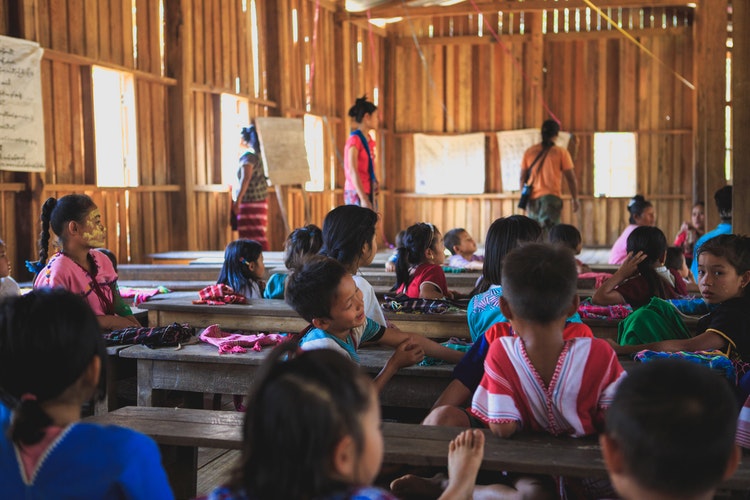Statistics show that education has a large scale impact on an individual, improving the quality of life for not only him or herself but the larger society. It has been shown to reduce crime, income inequality and help keep labor markets robust. Unfortunately, not every part of the global population gets equal access to quality education. In 2016, UNICEF released a report on global education stating that,
- In low-income countries only 67% of children made it to the last grade of primary education and 30% of children from the poorest households had never been to school.
- In lower-middle income countries, income disparity affects the level of education children get. Children from the richest households are almost six times more likely to attend an early childhood education program than those from the poorest. For every 100 of the richest youth who complete upper secondary education, only 7 do so among the poorest youth.
Girls are Disproportionately Affected
In Southern Asia, early enrollment and continued education through middle school and early high school is essential for the child to succeed academically. 64 out of 100 children in Southern Asia not in school will never enroll. This number is worse for females where 81 out of 100 are never going to enroll.

Why Education?
- Education can help increase agricultural productivity: Farm output needs to rise by at least 70% by 2050. Field schools and extension education help farmers increase productivity by 12% and net revenue by 19%.
- In low income countries, universalizing upper secondary completion by 2030 would increase per capita income by 75% by 2050 and bring poverty elimination forward by 10 years.




